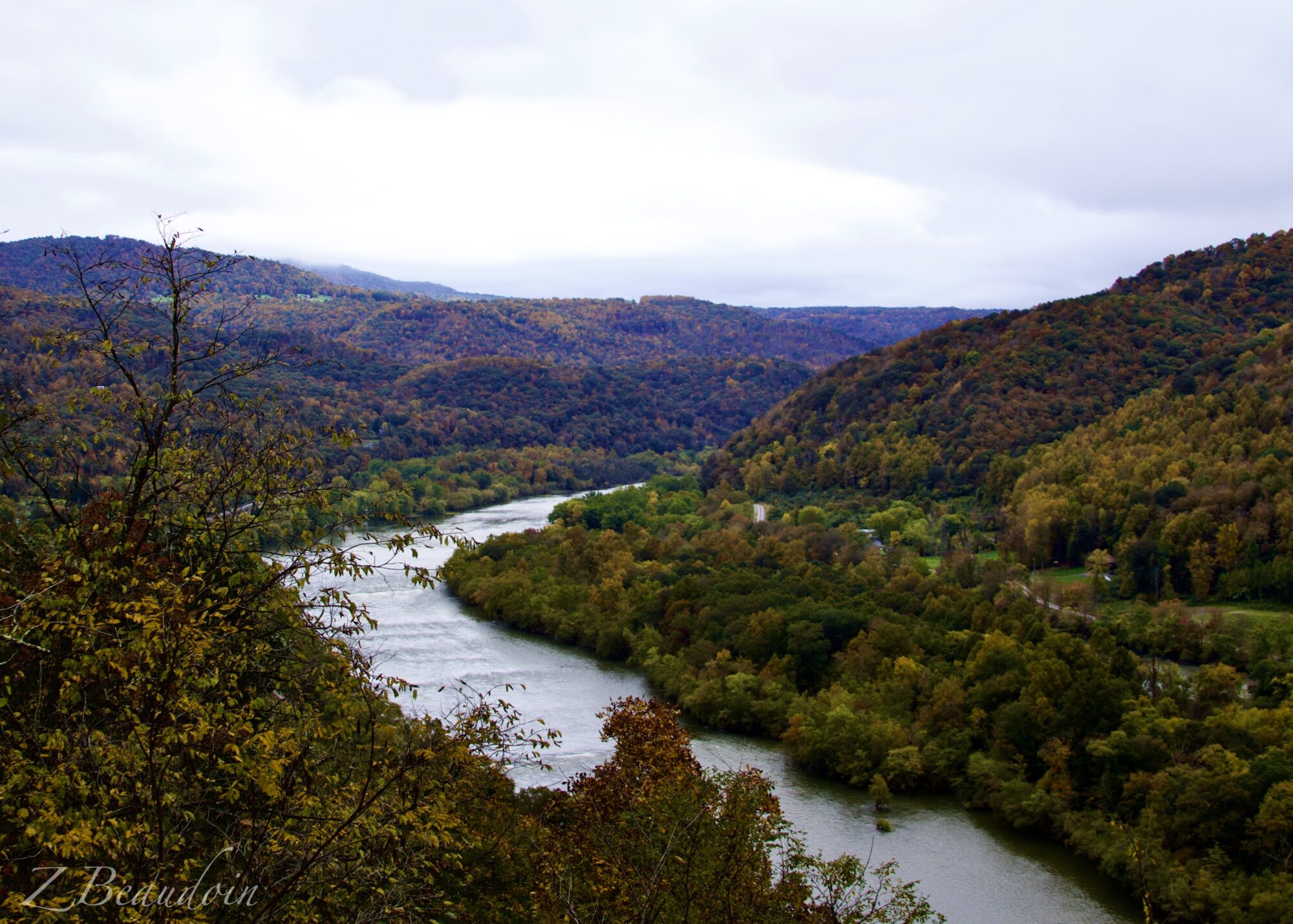In the fall, as the world grappled with the reality of COVID-19, an invitation from my brother and sister-in-law offered a welcome escape to a state park in West Virginia.
En route, I seized the opportunity to visit Shenandoah National Park in Virginia—a place that had captivated my imagination years earlier through an exhibit at the National Museum of Natural History, which celebrated its autumnal splendor and ecological diversity.
Approximately six years after Shenandoah first called to me, I answered. Upon arrival, however, I was greeted by a cold, dreary day, the park shrouded in fog and a gentle drizzle. My health was not at its peak, and the weather, far from ideal, deterred any plans for extensive exploration. Instead, I embarked on the Skyline Drive, finding beauty in the muted and mystic views that unfolded before me.
In the contemplative quiet of the drive, with landscapes half-veiled by mist, I reflected on the vast landscape around me, and the drive, a place so obviously developed to allow for the ease of the consumer but still with a rich human history. I later delved into the history and discovered that Shenandoah has witnessed millennia of human interaction, with evidence of human presence dating back at least 9,000 years. American Indians once roamed these slopes, hunting and foraging, while European settlers later sought subsistence and prosperity in its foothills and beyond.
Among those who shaped Shenandoah’s identity were the men of the Civilian Conservation Corps, who, during the hard times of the Great Depression, toiled to sculpt the wilderness into a sanctuary for future generations to cherish. Their legacy, perhaps more apparent than that of others, is etched into the trails and overlooks, offering us glimpses into both the past and the resplendent natural world they preserved.
While my time in Shenandoah was brief, and the weather was uncooperative, the experience was still enjoyable, leaving me looking forward to my next visit.







